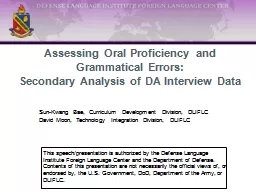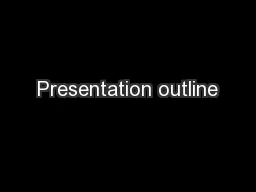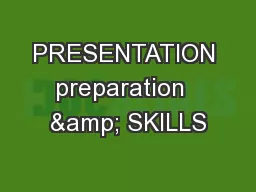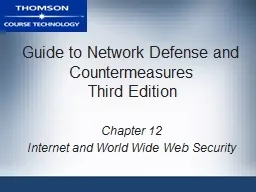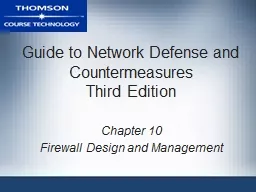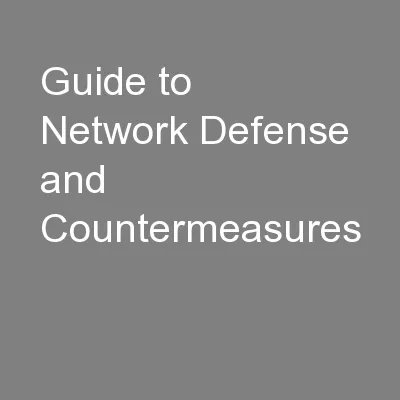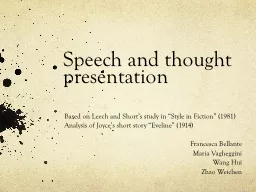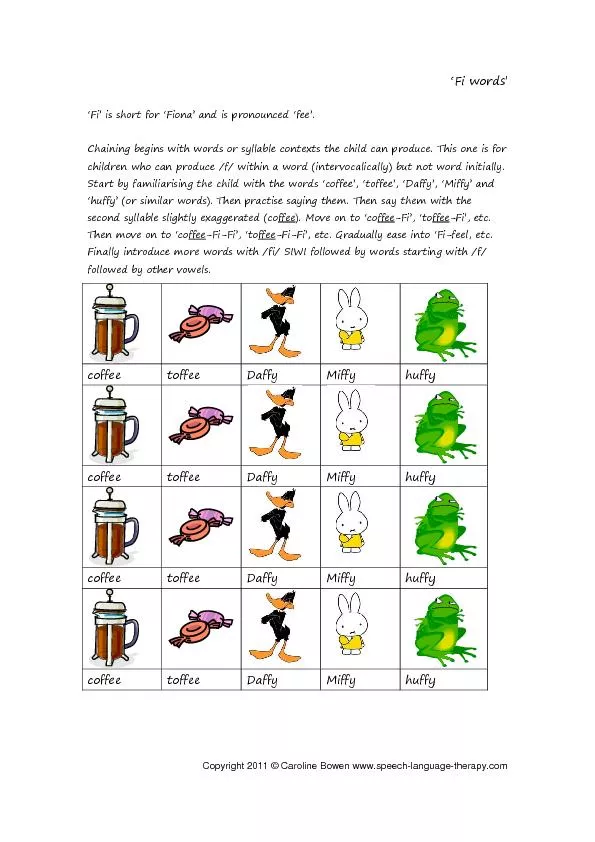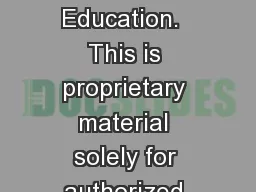PPT-This speech/presentation is authorized by the Defense Langu
Author : luanne-stotts | Published Date : 2017-05-03
DoD Department of the Army or DLIFLC Assessing Oral Proficiency and Grammatical Errors Secondary Analysis of DA Interview Data SunKwang Bae Curriculum Development
Presentation Embed Code
Download Presentation
Download Presentation The PPT/PDF document "This speech/presentation is authorized b..." is the property of its rightful owner. Permission is granted to download and print the materials on this website for personal, non-commercial use only, and to display it on your personal computer provided you do not modify the materials and that you retain all copyright notices contained in the materials. By downloading content from our website, you accept the terms of this agreement.
This speech/presentation is authorized by the Defense Langu: Transcript
Download Rules Of Document
"This speech/presentation is authorized by the Defense Langu"The content belongs to its owner. You may download and print it for personal use, without modification, and keep all copyright notices. By downloading, you agree to these terms.
Related Documents

